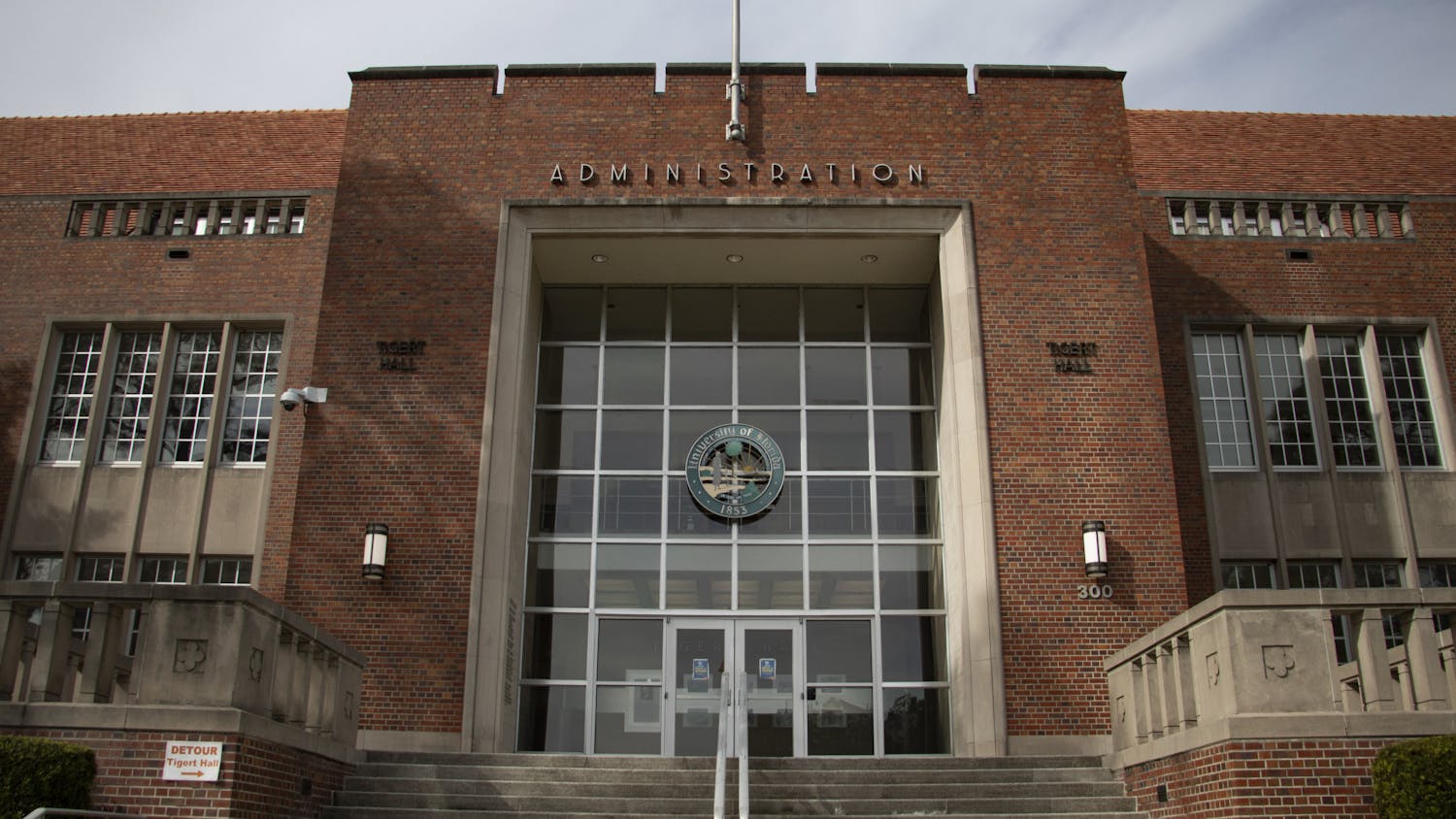As tuition increases, scholarship programs slip away and the unemployment rate hovers around 9 percent, the overall rate of students defaulting on their college loans has increased at the highest rate in two decades.
The most recent results, released in September by the U.S. Department of Education, reflect an increase from 7 percent in the 2007-2008 fiscal year to 8.8 percent in the 2008-2009 fiscal year, making this report the first to evaluate students' abilities to repay loans during the recession.
The state of Florida has a default rate of 10.5 percent. Arizona has the highest default rate - 16 percent - and North Dakota and Montana had the lowest with 3.4 percent.
UF has a default rate of 1.9 percent with 126 students in default on their loans. This was up from 1.5 percent in 2008.
Florida State University's default rate is 3.4 percent and the University of Central Florida's is 4.4 percent. The school with the highest default rate in Florida is Trendsetters of Florida School of Beauty and Barbering with a 28.5 percent default rate.
Rick Wilder, interim director for the Office of Student Financial Affairs, said UF's default rate is "minuscule" when compared to other schools across the country - something he attributes to the success of UF graduates in finding jobs after graduation.
In the 2008-2009 school year, 37,816 UF students took out about $216 million in loans. In the 2009-2010 school year, 38,812 students took out about $221 million in student loans - numbers that Wilder said he expects to continue to increase. As a result, he said he expects the numbers of students in debt from loans also to increase over the short term.
Students who take out loans must go through entrance and exit counseling with SFA, he said, to ensure that they are educated about what loans entail.
Once students with loans graduate or leave school, they have six to nine months, depending on the type of loan, to begin repayment. Students who fail to make these payments may face fines, garnished wages, legal action or a lowered credit score.
Wilder said financial aid advisers typically recommend that students first seek other sources of funding, such as grants, scholarships or work programs.
"Loans are kind of a last resort," he said. "But unfortunately they're becoming more and more popular as other sources of funding are decreasing."
In addition to reductions in Bright Futures funding, the Academic Competitiveness Grant and the National Science and Mathematics Access to Retain Talent grants were eliminated. Pell Grants also faced cuts.
For the 2011-2012 school year, Wilder said UF saw a total of $20 million cut from grants and scholarship programs.
"I don't foresee it getting better in the near future," he said.





